With the advent of Google’s state of the art Veo3 video model, it is now possible for anyone to make their own realistic history vlogs and videos using AI.
This guide will show you a range of different styles to bring your history videos to life and offer a unique experience for your audience. These viral history videos are perfect for Instagram Reels, TikTok and YouTube Shorts channels.
Without the need for expensive props, cameras or actors, a scene from history can be brought to life with Veo3 video generators.

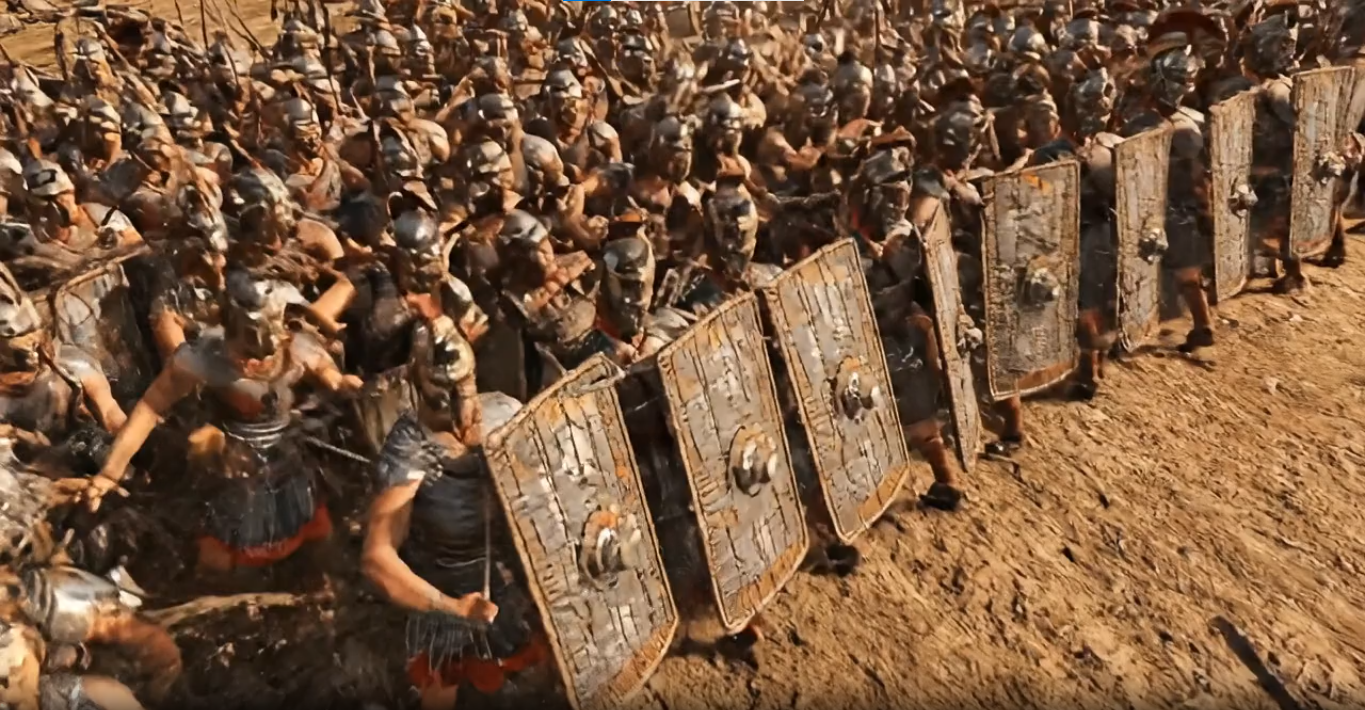
This could be a medieval battle in perfect detail, or an alternative scene from history told with a unique perspective. One popular trend recently has been characters from history hilariously vlogging their exploits like a modern day YouTuber. With Veo3 videos on Yapper you can create entertaining history vlogs and viral clips that reach a new audience.
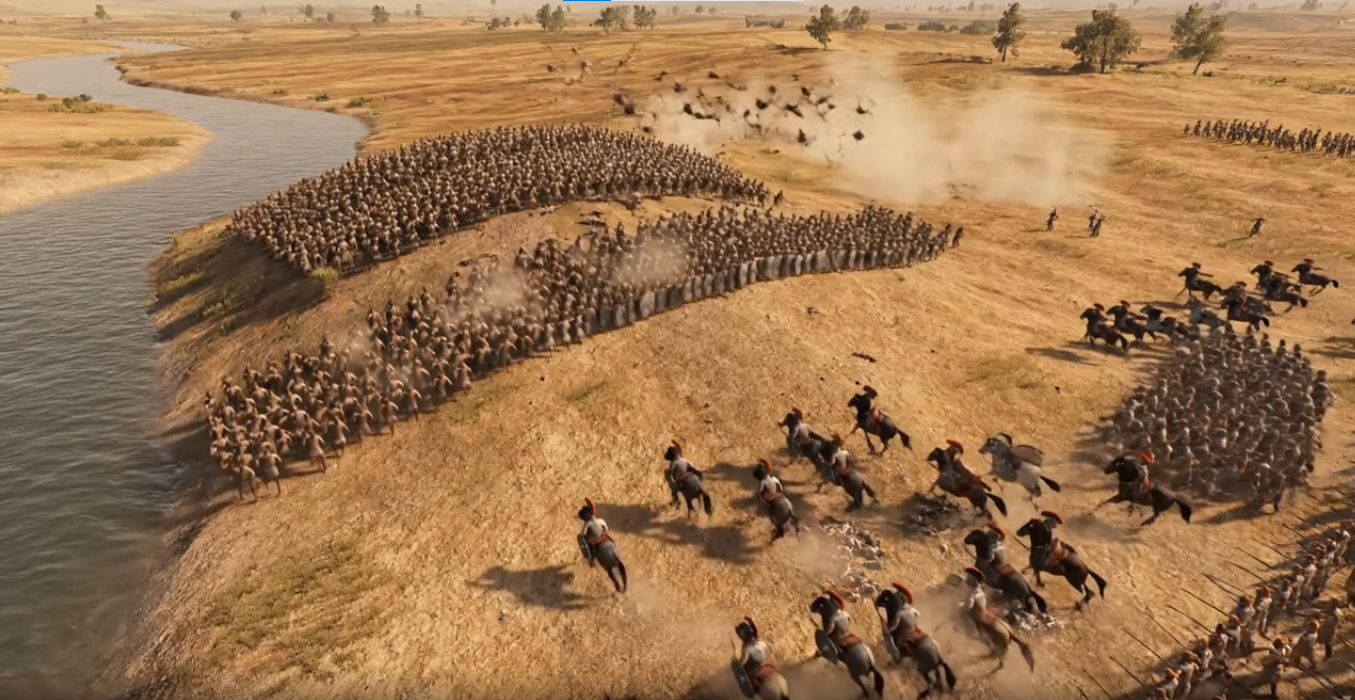
Let’s take a look at some different styles of AI history videos you can use yourself to get massive amounts of views and subscribers to your channel.
Creating History Vlogs
The history vlog has become hugely popular online. Users such as History Vlogs on TikTok have gained over a million views on several of their vlog style history videos. Joey Helms on YouTube provides similar content with his popular History of Influencers video, showing vloggers throughout the ages, supposedly from a hard drive found by archaeologists.
So let’s pick a character and moment from history, say Hannibal at the Battle of Cannae, and give it a new social media style twist.
In this case, you could have Hannibal or one of his soldiers vlogging to the camera about what they have been up to.
“Yo it’s your boy Hannibal over here - lot of you been enjoying my last vlog - how to move elephants over a mountain range. So today we’re gonna be doing another vlog y’all been requesting - how to trick an elephant to cross a river!”
To create this history vlog type effect, simply instruct the video generator to use a camera angle as if the main character is holding a mobile phone and speaking into the camera..
Suggested prompt:
Carthaginian vlog - The perspective of the video will be as if filmed in selfie style on a mobile phone with the main character talking to the camera on his phone as if making a vlog video.
The main character is the leader of the Carthaginian army Hannibal - he is dressed similar to a roman soldier with elaborate armor, with rugged looks and a dark beard, white scruffy tunic.
In the background of the shot is a river, an elephant waiting to step onto a raft made of logs and foliage, with several soldiers hanging around.
The main character says this line to the phone camera in his hand -
“Yo it’s your boy Hannibal - you all liked the last vlog How to move elephants over a mountain. In today's lesson we showing you how to trick an elephant to cross a river!”
The elephant behind him trumpets and the main character vlogger looks over to the elephant then back to the camera with a nervous smile.
Enhancing the Prompt
To increase the quality and realism of the history vlog, try using the Enhance Prompt feature in Yapper when creating your Veo3 history vlog.
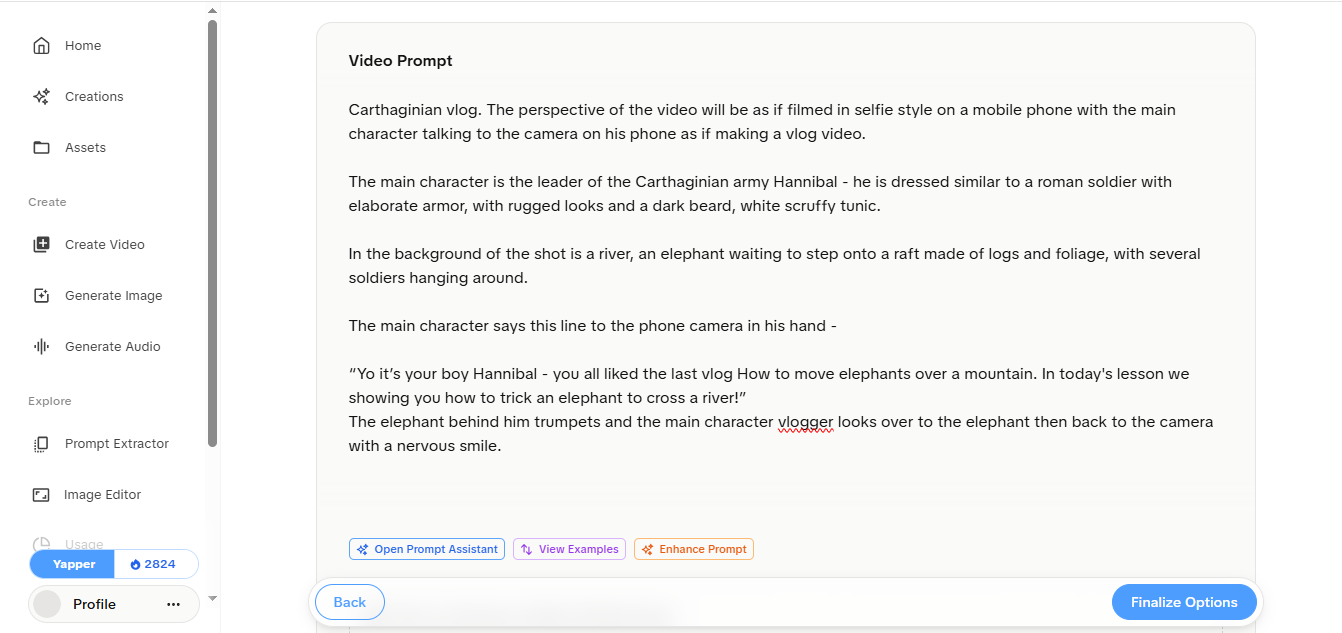
Let’s look at that same prompt when the AI has enhanced and elaborated on it:
A Carthaginian vlog filmed in selfie style on a mobile phone, with the camera held by the main character, a rugged Carthaginian army leader. He has a dark, scruffy beard and wears elaborate, battle-worn armor with intricate bronze detailing over a white, tattered tunic. The shot is close-up on his face, slightly shaky as if handheld, with natural daylight casting soft shadows across his weathered features.
In the background, a wide, shimmering river reflects the golden afternoon sun. A massive elephant stands near the water’s edge, its rough, gray skin contrasting with the lush green foliage of a nearby log raft. Several soldiers in similar armor lounge around, sharpening weapons or adjusting ropes, their movements casual yet alert. The environment feels humid and alive, with distant bird calls and the faint rush of water.
The leader speaks directly to the camera with a confident, charismatic tone: “Yo it’s your boy Hannibal - you all liked the last vlog, How to Move Elephants Over a Mountain. In today’s lesson, we’re showing you how to trick an elephant to cross a river!” His expression is animated, eyes wide with excitement. The camera angle tilts slightly with his movement, maintaining the raw, personal vlog aesthetic.
As you can see the enhanced version of the prompt has had a lot more detail added to it by the AI tool to improve the original description.
If you use the enhanced prompt feature enough times you can start to get a feel for how the prompt should be entered to get maximum results.
Creating the History Vlog
Once you have entered the prompt, you are now ready to create your history vlog.
- Select finalize options.
- This will take you to the next screen with further options.
- Select either Veo3-quality for high quality production, or Veo3-fast for a quicker turnaround
- Select how many outputs you want to produce. For more complex videos try several outputs for greater chance of successful rendering.
- Select Generate Video to create your history vlog
How to Extend your History Vlog
To create a history vlog that is perfect for TikTok or YouTube Shorts, you may want to extend the length of the video to around 30 seconds or one minute.
To do this simply select the Extend Video option when you have made the first clip.
This will use the last frame of the current video to make another new clip starting where you left off.
From here just explain what happens next in the prompt. The elephant turns around and knocks all the soldiers into the river or even jumps on the raft and takes off with the soldiers in pursuit.
Using the Prompt Assistant
If you want to brainstorm some good ideas for the next stage of the scene, try chatting with the prompt assistant.
After you have completed the original prompt, click on Prompt Assistant in the bottom left corner. From here you can chat conversationally with the assistant and ask for some good ideas to include.
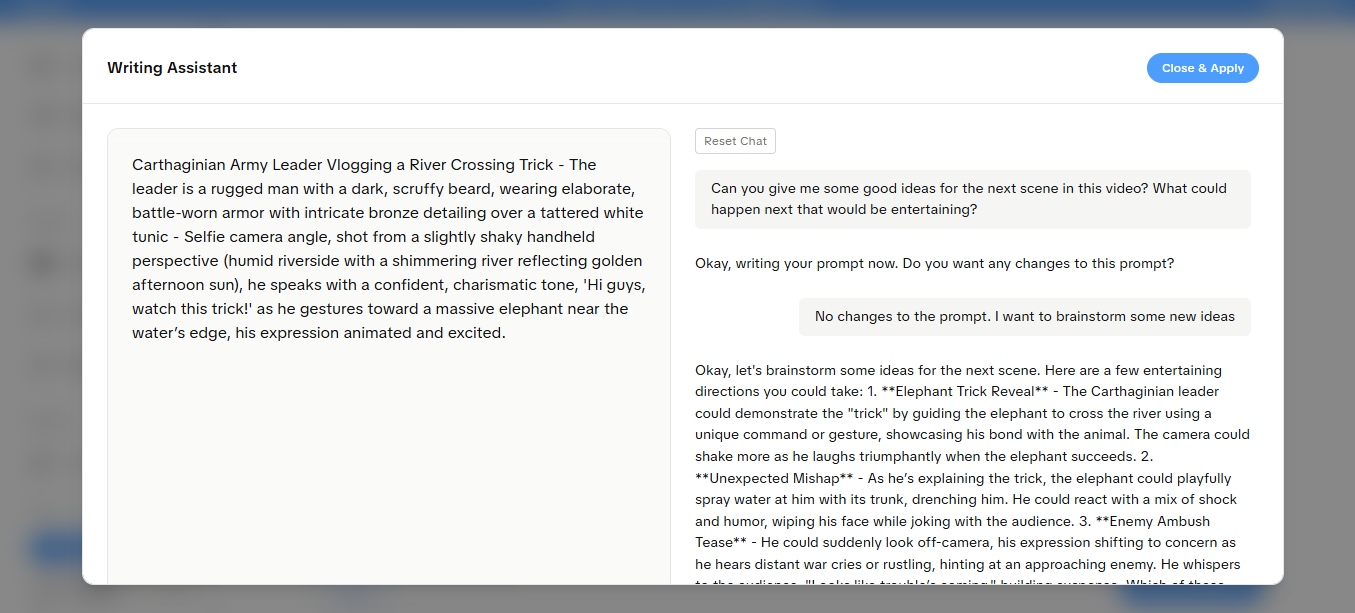
History Videos Hollywood Movie Style
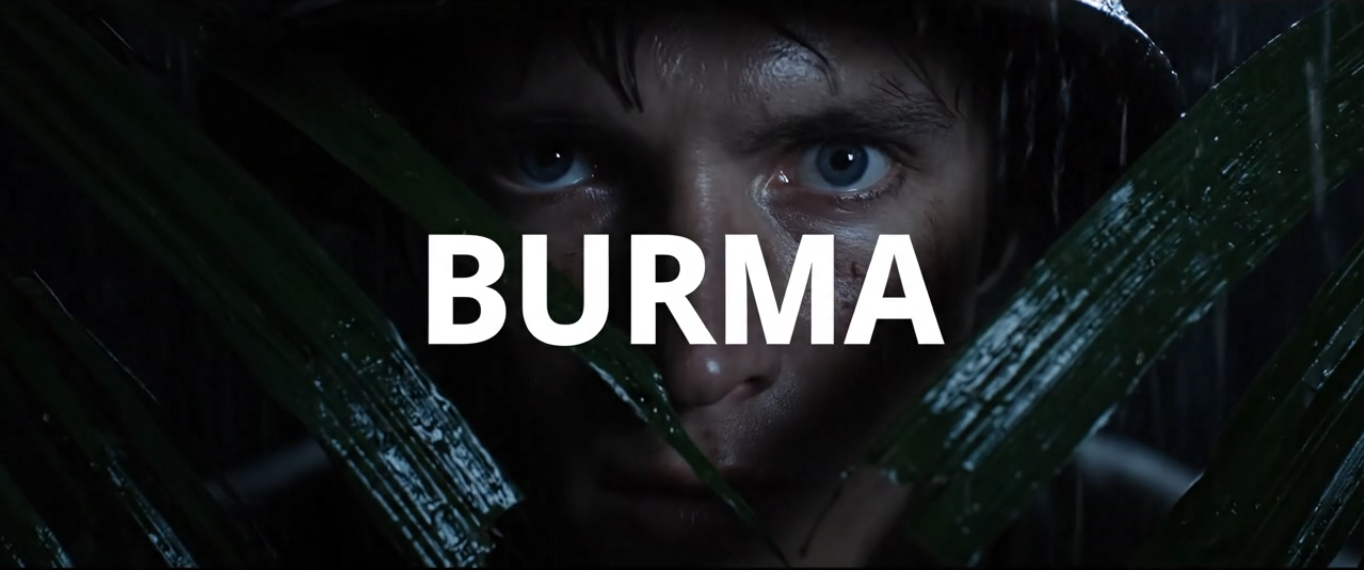
For an alternate style to bring your history videos to life: try using a cinematic trailer style as if directing a Hollywood movie.
These history videos are great for engaging with your audience and telling a story from history in a novel way, far from a plain old boring history lesson, this is a dynamic and exciting approach to lure viewers into your social channels and keep them coming back for more.
How to make history videos in the style of a hit movie: Setting The Scene
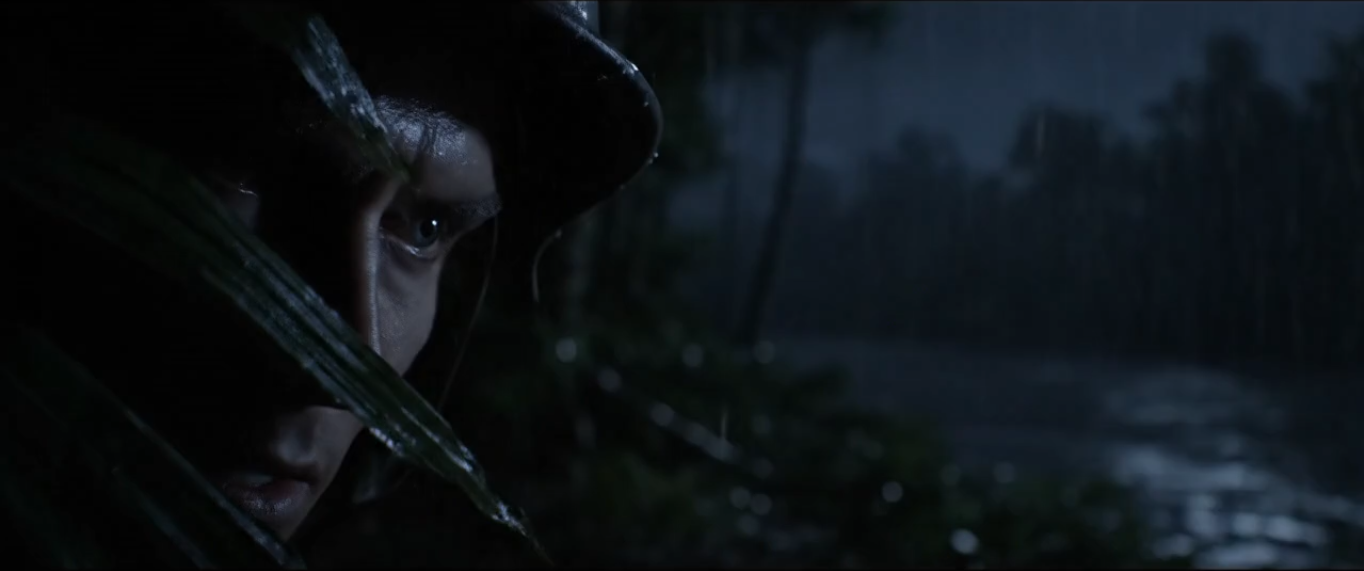
The key to making a viral history video is how you describe into the prompt the setting, the action that takes place, and any dialogue your characters are saying.
Let’s take a look at the sort of description you would need to create this stunning movie trailer effect for your history videos.
Example Prompt:
A cinematic trailer showing a movie about the Burma campaign in World War 2. The scene is set in the deep jungle, at night in the pouring monsoon rain.
Close up of an allied soldier’s eyes staring into the darkness. He is covered by foliage. The odd frond of jagged leaves conceal parts of his face. The video is almost completely pitch black with slight moonlight illuminating the eyes and upper part of the soldier's face. This figure is Soldier 1 - Adam. He is in the bottom left corner of the screen.
In the darkness to his right, the jungle stretches on into the distance, following the bank of a wide river. This can barely be seen in the darkness with only the small amount of moonlight highlighting parts of the river and the jungle that stretches away into the background.
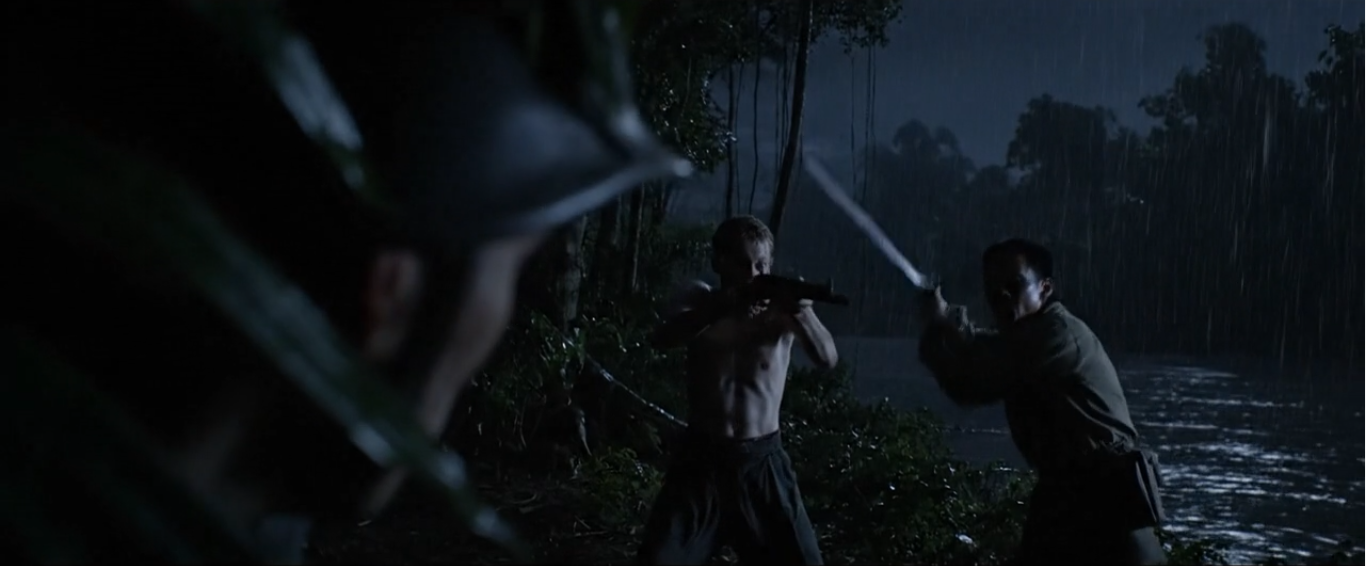
To create your movie trailer history video from scratch, describe the scene in as much detail as possible. Detail the lighting conditions, the camera perspective, and what objects and characters can be seen in the frame.
Notice from this previous prompt we have provided the AI generator with extra details about the characters that may not necessarily be seen by the audience.
For example, we have explained that the character in this first scene is Soldier 1 and given him a name, Adam. The viewer won’t get to hear the soldier’s name and this is not part of the story we are telling.
This emphasis on the character name is to ensure that the system does not become confused with other characters entering the scene.
You may find that without very specific and detailed instructions, the lines of conversation may be given to the wrong character or actions they take can get mixed up.
To prevent this from happening explain in detail who the characters are and differentiate them with a label you can use to identify each individual.
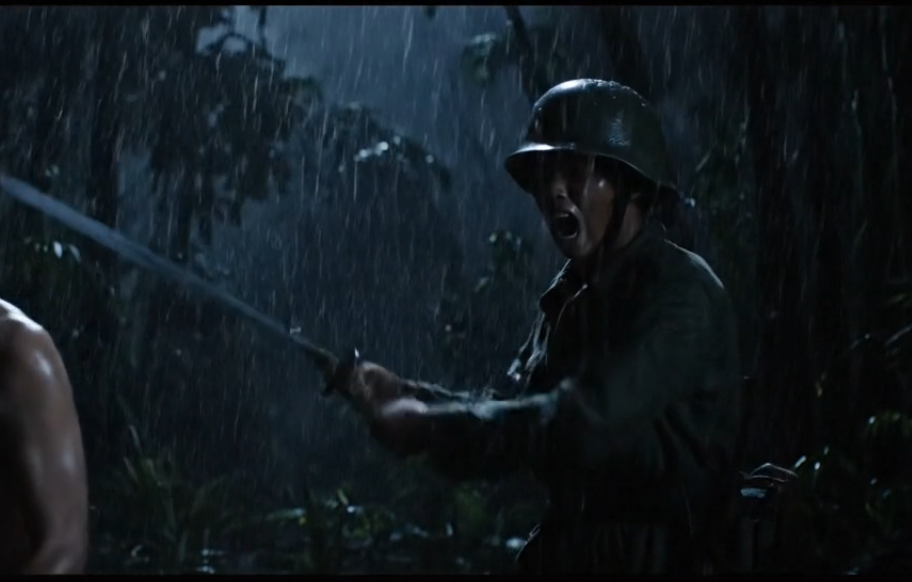
Get creative and add your own twist
With AI video generation using tools such as Veo3, you can really add your own twist to the video and do not have to be rooted in real life history.
For example you might want to explore the American Revolution from the perspective of an aerial drone, or what would happen if the Battle of Hastings was fought with cyborgs and robots.
Use your imagination and try it yourself - see what amazing viral history videos you can create.